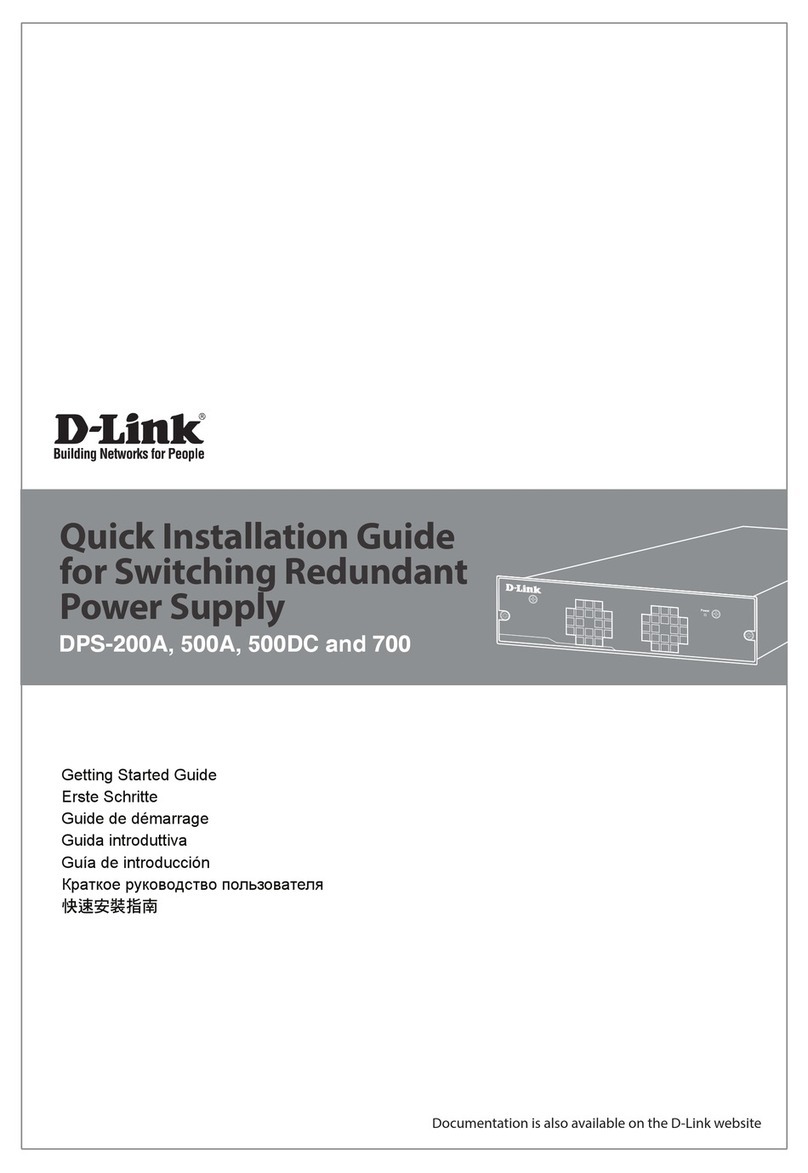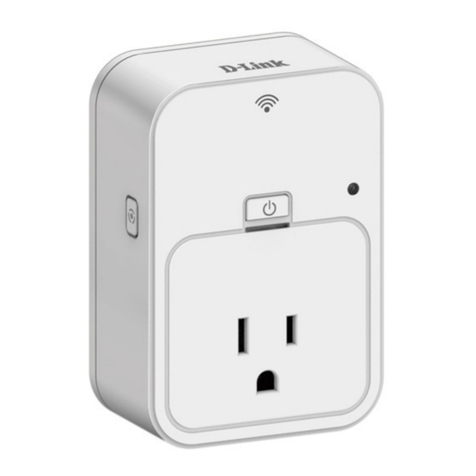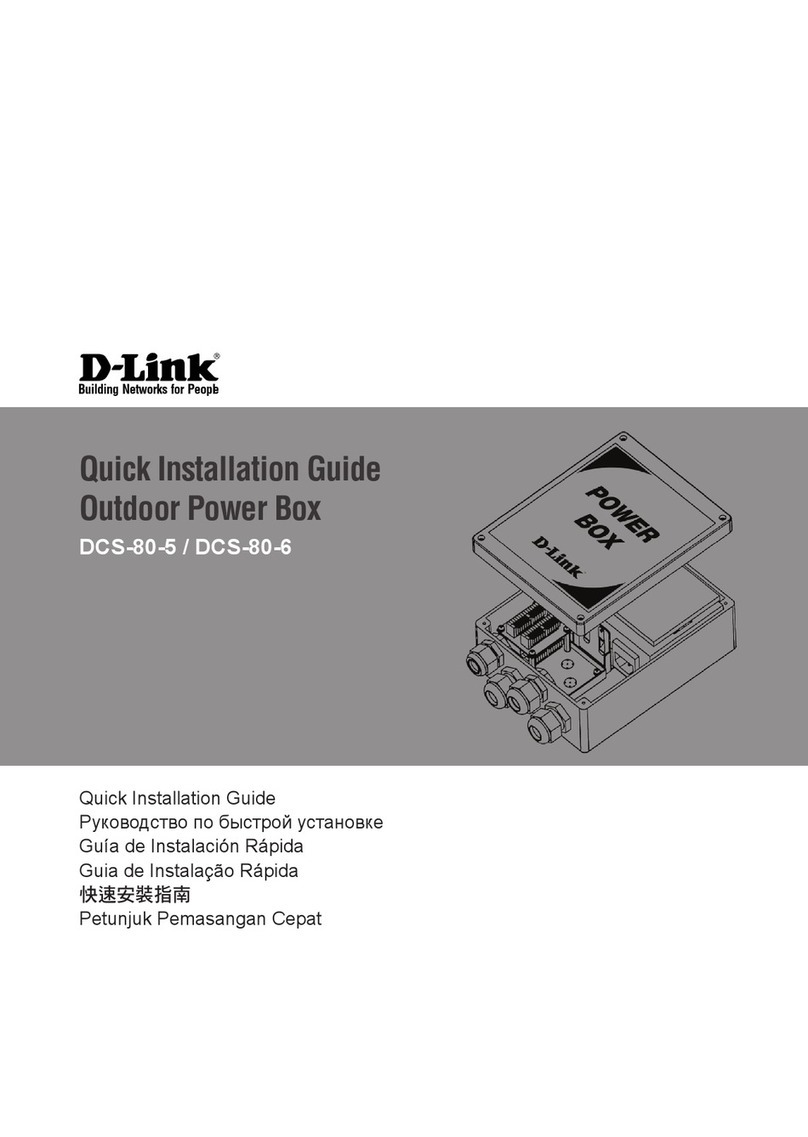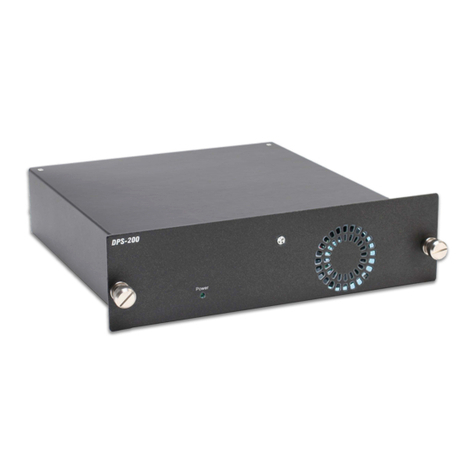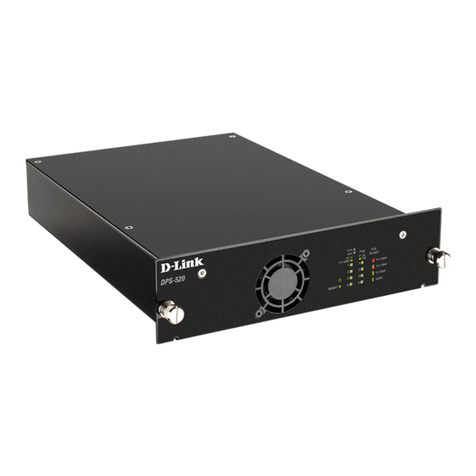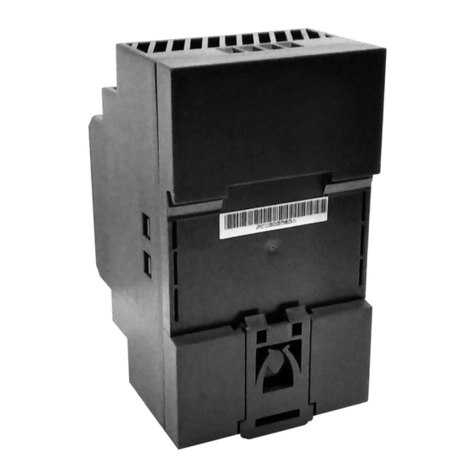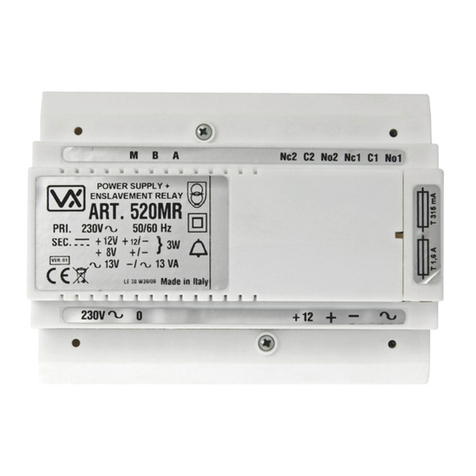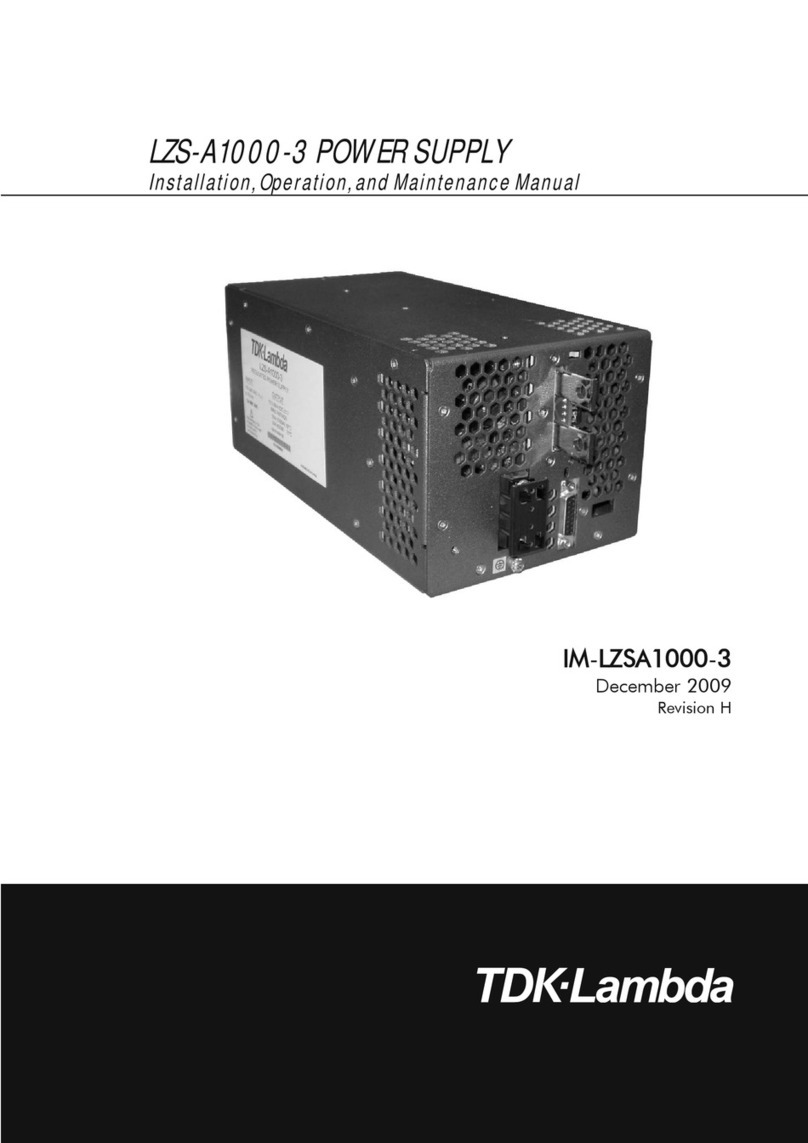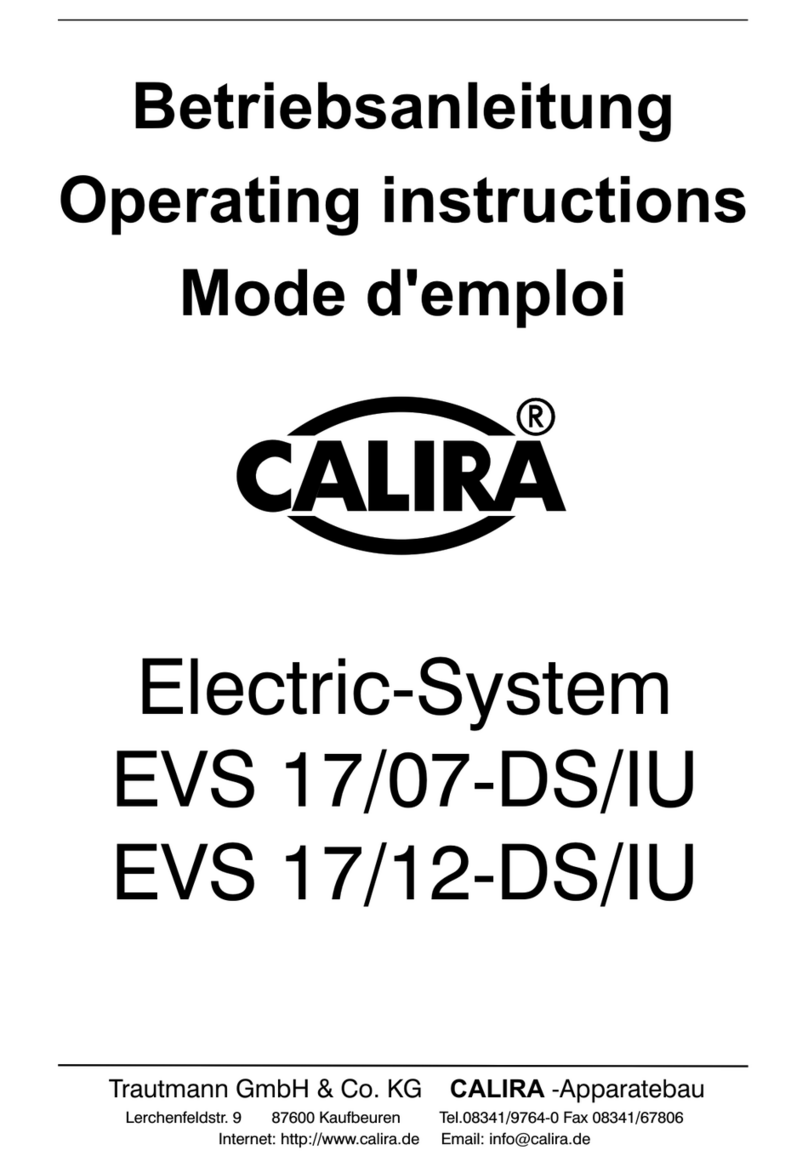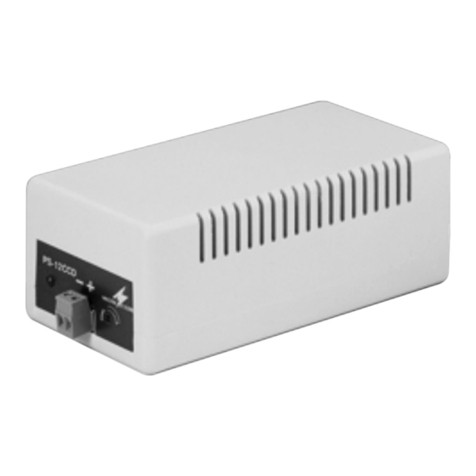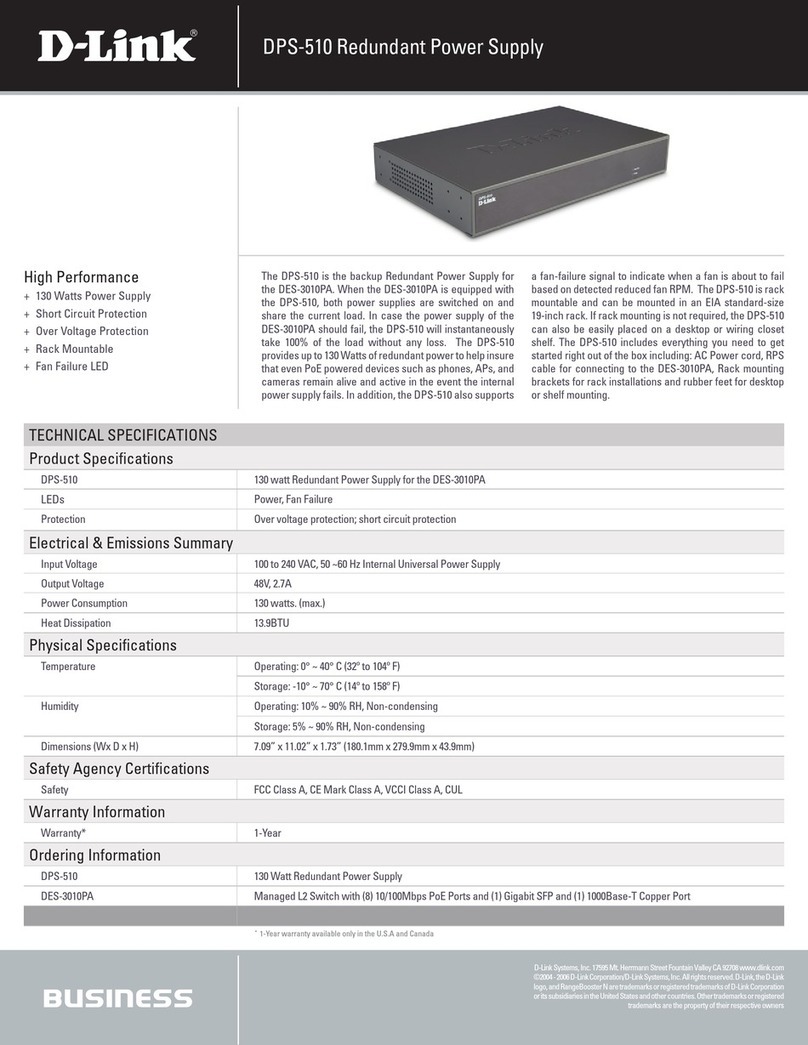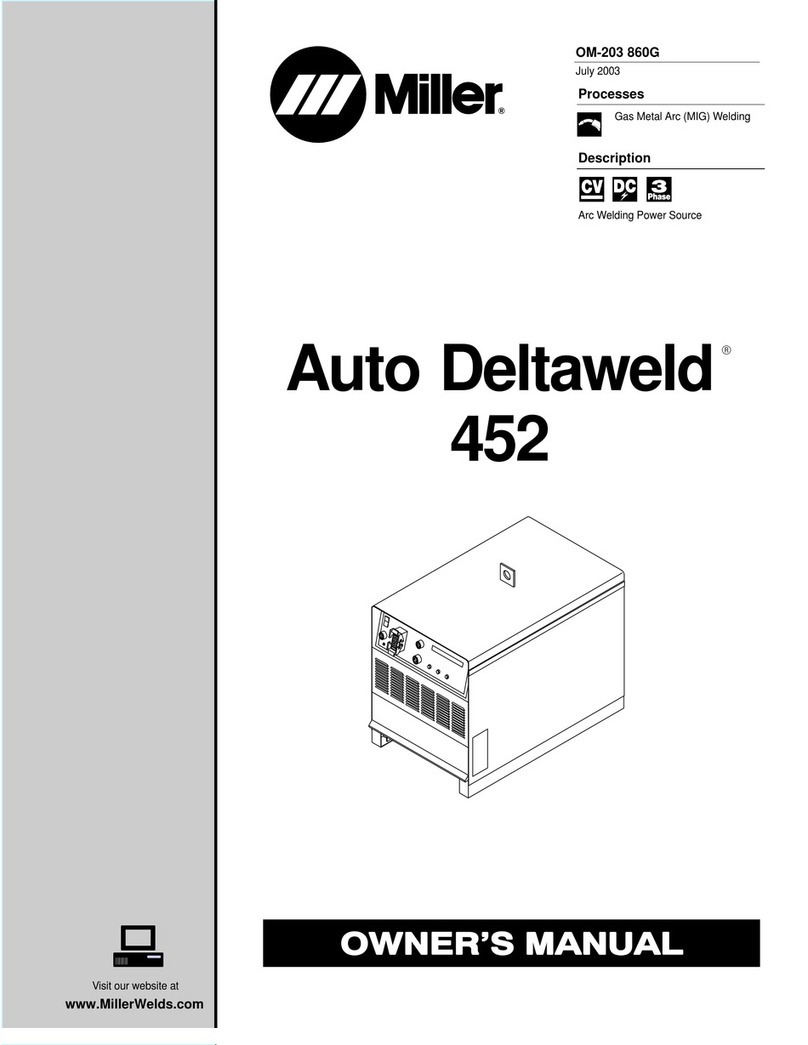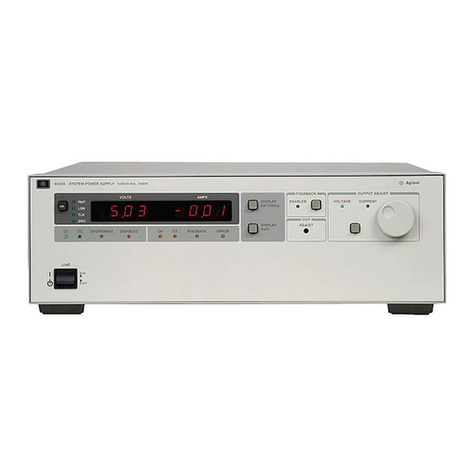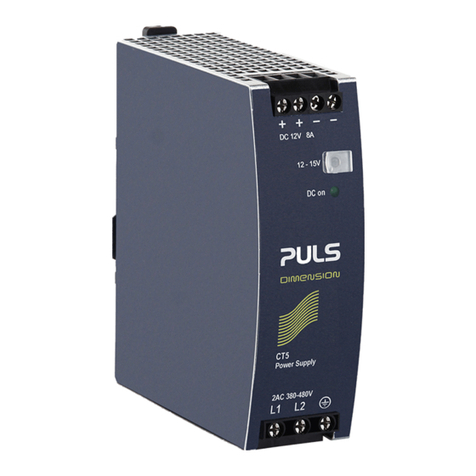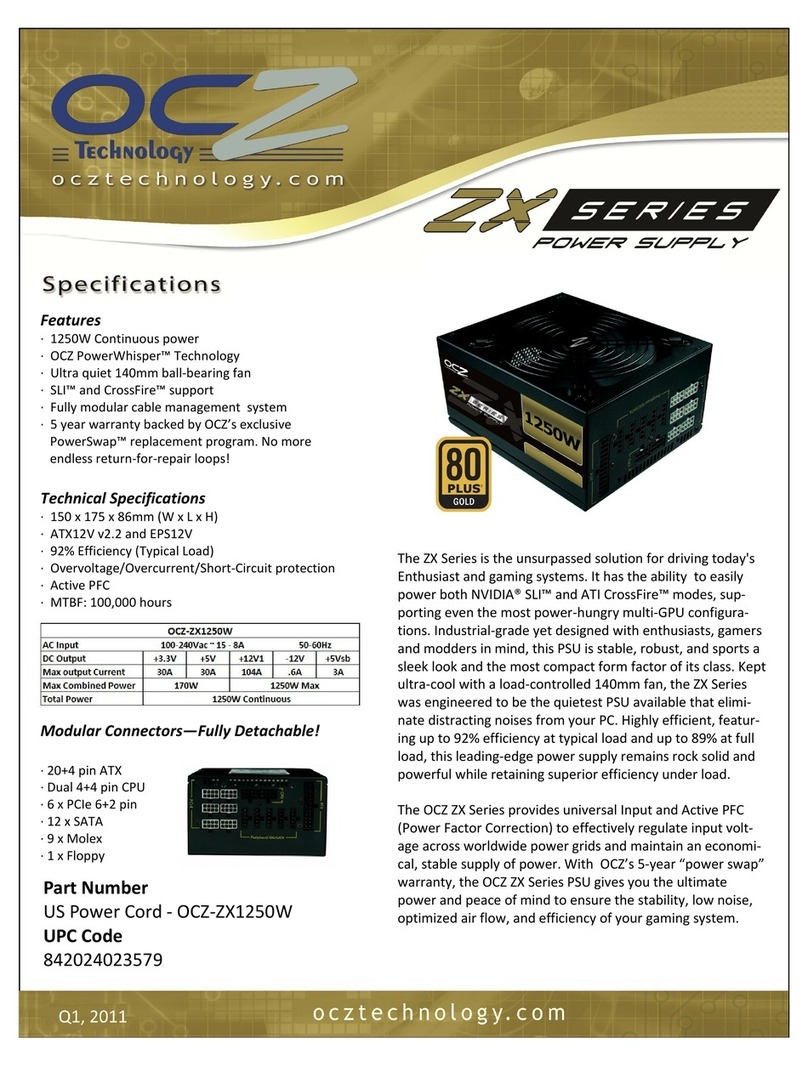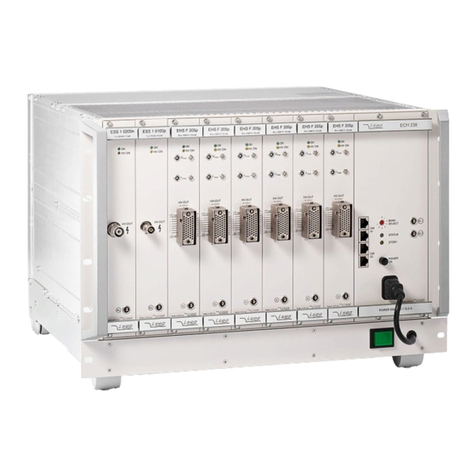Introduction
Une alimentation redondante RPS fournit une solution peu
coûteuse et simple de gestion des problèmes d'échec de
l'alimentation électrique interne d’un appareil, qui peut avoir
comme conséquence l'arrêt d'un dispositif simple de
commutation ou d'un réseau entier.
Relié à l’alimentation redondante RPS, un circuit de
détection intégré surveille en permanence l'alimentation
interne du commutateur. En cas d’interruption de puissance,
l'alimentation redondante est immédiatement déclenchée
de sorte que le commutateur et les dispositifs reliés
puissent assurer une continuité de service.
L’alimentation redondante RPS assure une infrastructure
réseau plus fiable et protège cette dernière d’une simple
coupure de l'alimentation électrique d’un produit.
Description
Les RPS DPS-200, DPS-300, DPS-500, DPS-500DC et
DPS-600 sont les alimentations redondantes conçues pour
répondre aux exigences de puissance en watts des
commutateurs répondants aux mêmes caractéristiques
électriques.
Le DPS-200 fonctionne à 60 watts, le DPS-300 fonctionne
à 90 watts, les DPS-500/500DC eux à 140 watts, et DPS-
600 à 500 watts.
Vous pouvez connecter les périphériques DPS-200, DPS-
300, DPS-500, DPS-500DC et DPS-600 au commutateur
principal à l’aide d’un câble d’alimentation CC à 14 broches.
De même, le DPS-700 utilise un câble d’alimentation CC à
22 broches. Un câble d’alimentation CA triphasé standard
permet de connecter l’alimentation redondante à la source
d’alimentation principale. Bloc d'alimentation redondant
RPS simple (DPS-600/700)
.
RPS Simple (DPS-200/DPS-300 /DPS-
500/DPS-500DC)
RPS Simple (DPS-600/700)
Câble d’alimentation CC à 14 broches.
Câble d’alimentation CC à 22
broches
Installation des RPS
Les RPS simples DPS-200, 300, 500, et 500DC peuvent
être installées dans une armoire standard par
l'intermédiaire d’un rack DPS-800 ou DPS-900. Le DPS-
900 est un rack de support de taille- standard (5U) conçu
pour supporter 8 alimentations RPS.
Le DPS-800 est également un support de rack de taille
standard (1.25U ) conçu pour supporter 2 alimentations
RPS.
Les unités installées RPS peuvent être des DPS-200s,
DPS-300s, DPS-500s, DPS-500DCs, ou une combinaison
de ces derniers.
NOTE: le DPS-500DC ne peut s’insérer
que dans un châssis DPS-800
Installation d’un DPS-
600/700 dans un rack
électronique standard
Insertion d’un RPS dans
un Rack DPS-800.
Installation d‘un DPS-800 dans un
rack standard.
Insertion d’un RPS dans
un rack DPS-900.
Installation d‘un DPS-900
dans un rack standard
